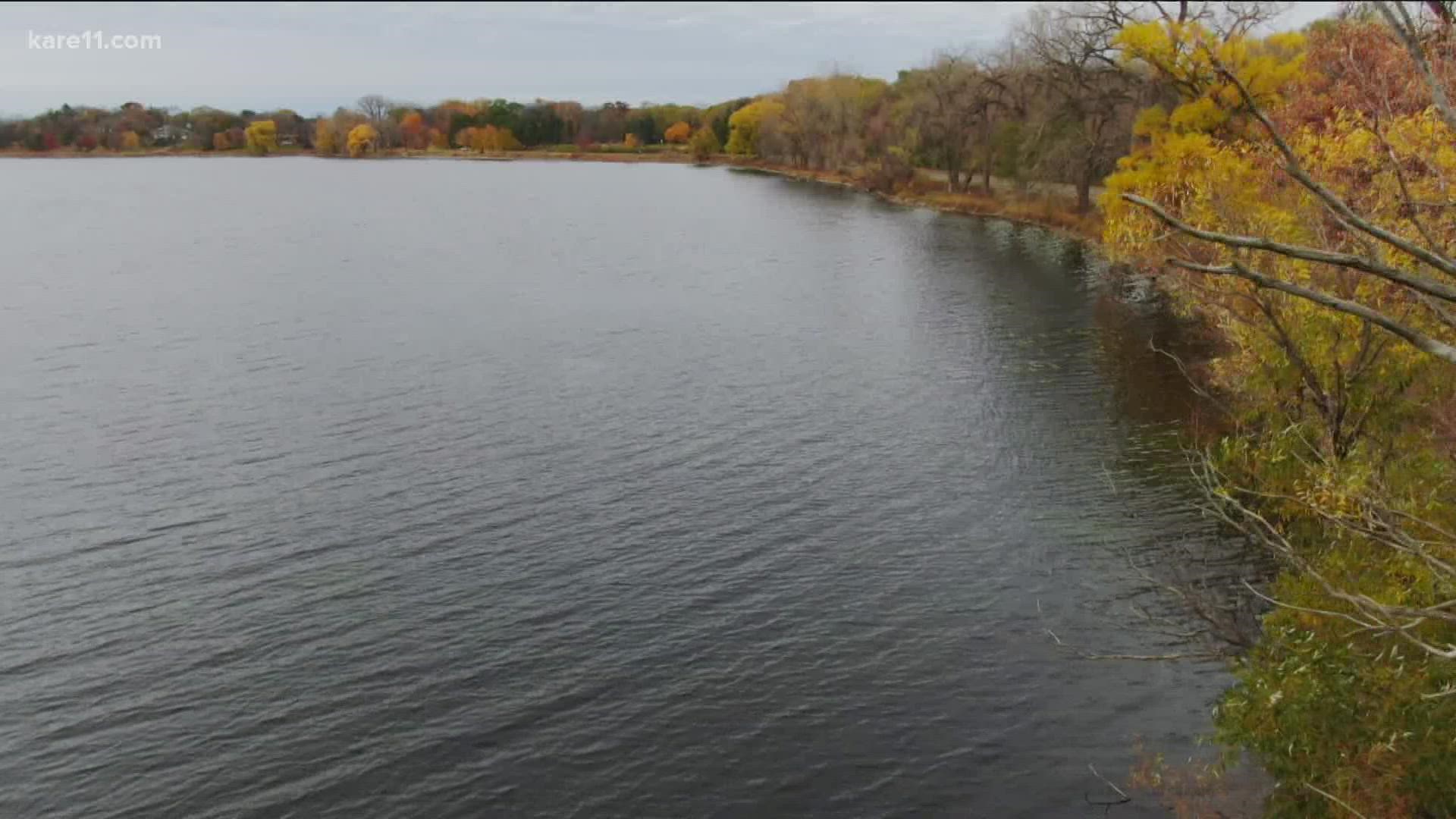ST PAUL, Minn. — The Minnesota Pollution Control Agency Impaired Waters list for 2022 shows more of the state's lakes and streams are being affected by water pollution in some form.
The MPCA's draft report issued Monday added 305 water bodies with 417 new impairments, bringing the statewide total to 2,904 water bodies with 6,168 impairments. The release of the report begins a 60-day public comment period, which will also include meetings with the public's input going into the final version of the list.
"The list is not the end. And it’s not the beginning," Miranda Nichols, who coordinates the list at the MPCA, told KARE.
"It’s the whole middle part of this process to identify the problems affecting our water quality, but then also to take that to local people that can make a difference making the changes on the ground to improve the water quality."
The state is required to update the list once every two years to comply with the federal Clean Water Act, and to help state leaders and policymakers know which threats to aquatic life are the most pressing.
"In those water quality standards we talk about what do we want to use our water for? For drinking water? Do we want to make sure it has a healthy community of aquatic life? Do we want to make sure it’s pleasant for people to swim and boat on?" Catherine Neuschler, MPCA manager of water assessments, explained.
"And then we set water quality standards, and those standards define how much pollution can be in the water and still allow us to use if for all those things we want to use the water for."
Several segments of the Minnesota River made the list for reasons that have been on the radar for more than a decade — sediment and an oversupply of nutrients from phosphorous and nitrates that come from farm and lawn runoff.
Lake Phalen in Saint Paul also made the list due to the growing presence of PFOS chemicals — synthetic compounds known as "forever chemicals" — because they persist in the environment. Many of them are from fabric treatments and linings for kitchen utensils and other consumer products.
The last time we looked at the data on Lake Phalen it was meeting its swimming goals," Nichols explained. "So, it’s actually quite low in nutrients and low in chloride for being a metro lake, but it’s being added on the list for PFOS."
The threat from PFOS is that it persists throughout the food chain, according to Neuschler.
"PFOS accumulates in the fish tissue, so when people eat the fish they can potentially accumulate a level of concern. And one of our goals is for the water to be safe for aquatic consumption, for people to be able to eat the fish they want to eat."
One notable addition to the list for the first time were lakes in Greater Minnesota, outside the metro, added to the list for PFOS chemicals.
The MPCA staff monitors chemicals in the water, and what's inside the various aquatic creatures on an ongoing basis.
"We have crews that specifically do biological monitoring, so they're going out ad they're looking at what's the fish community here, what's the macro invertebrate or bug community here," Neuschler said.
"Then we also do water chemistry, so other monitoring crews will go and they will take a sample of water, we send that over to the lab at our department of health and then they analyze it for the different kinds of pollutants and what those levels are."
Nichols said the MPCA is also tracking which species of fish and the small invertebrates, or bugs, they eat are present. They're looking at both the numbers and the variety.
"In the southern part of the state you’d expect to see different kinds of warm water fish, up in the north you’d expect to see some very special cold water fish. We have different standards to protect different kinds of water bodies like that."
Neuschler said different species can adapt to contamination better than others.
"Different species are sensitive to different kinds of pollutions, so if you have pollution you’ll see just those species that are tolerant of pollution, and you’ll lose some of those that are a little more sensitive."
In 80 percent of the cases, whatever's polluting the water can't be traced to a single point of origin. It's coming from sources that start on the land and reach the waterways. The encouraging news is the MPCA is starting to see a decrease in that type of impairment to waters, due to projects that various agencies and communities are engaged in upstream.
"And as long as we keep the soil on the land and prevent it from getting in the water, that's going to help us maintain a lot of those pollutants; decrease a lot of the nutrient problems and the sediment problems," Nichols said.

